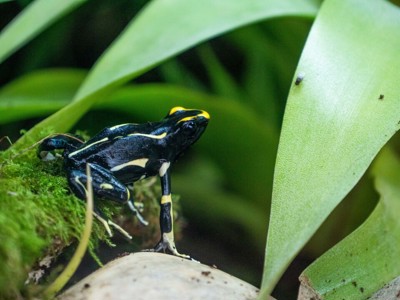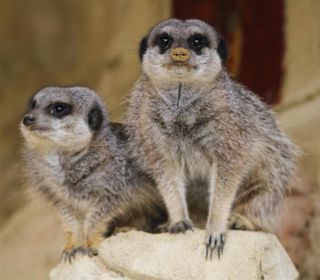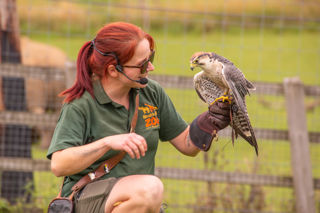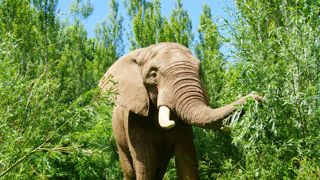
Dyeing Poison Dart Frog
Scientific name: Dendrobates tinctorius
Like most poison dart frogs this frog is highly toxic if ingested, due to the alkaloid toxins on their skin that they use for self-defence. Their toxicity comes from the ants they eat, so frogs bred and kept in captivity are not toxic due to their captive diet.
They show some of the greatest variation in colours and patterns of all poison dart frogs. They usually have a black body, with yellow or white stripes, with occasional bright blue legs or patterns. Only males will sing and call, to attract a mate and defend territory. Males are usually smaller and skinnier than females, with a curved back, whereas females have an arched back.
Unusually for amphibians, poison dart frogs are good parents. The male will guard the eggs and then transport the tadpoles on his back to another pocket of water where they will grow for about one year before they are fully mature and spend their adult lives on land.

-
We live...
In the Viva South America Enclosure.
-
Size Fact
They are one of the largest poison dart frog species, growing up to 5cm long.
-
Food Fact
They like to eat small invertebrates including ants, spiders, beetles and termites.
-
Fun Fact
Males have larger finger discs than females, who have heart-shaped finger pads.
You might also like...
-
![Meerkats]()
Meerkat Keeper Talk
Come along and learn about our mob of Meerkats from our experienced animal keepers.
Find out more
-
![Zoe And Falcon]()
Bird of Prey Flying Display
Watch our majestic birds of prey in our new Wings of Wonder flying display.
Find out more
-
![Andean Bear]()
Bear Keeper Talk
Learn about our Spectacled bears from our experts and find out what it is like to be a Spectacled bear keeper.
Find out more
-
![African Elephant - Shaka 2]()
Elephant Keeper Talk
Did you know Elephants are the largest land animals on Earth? Come and join our Elephant Keepers and learn about our bulls.
Find out more






